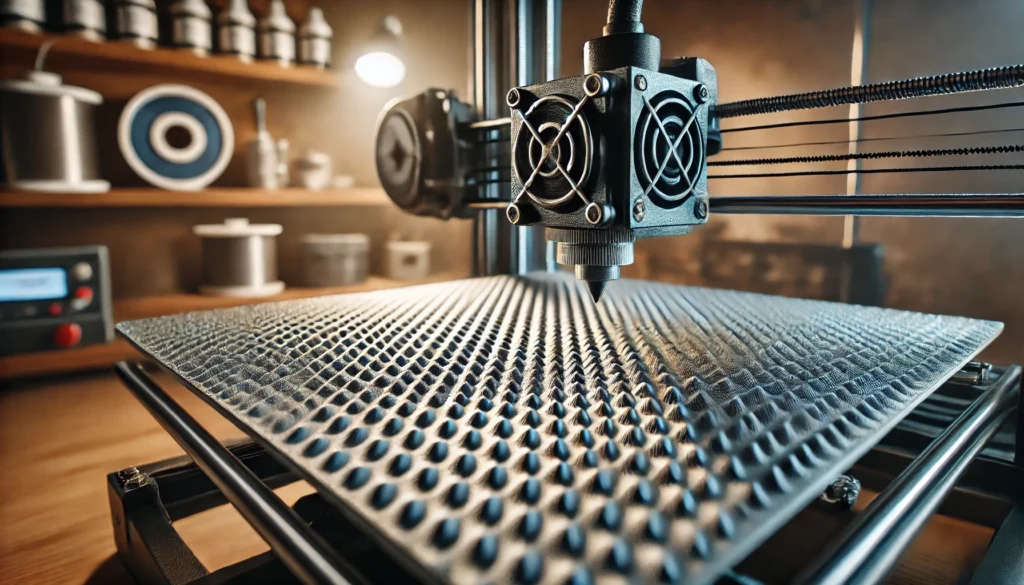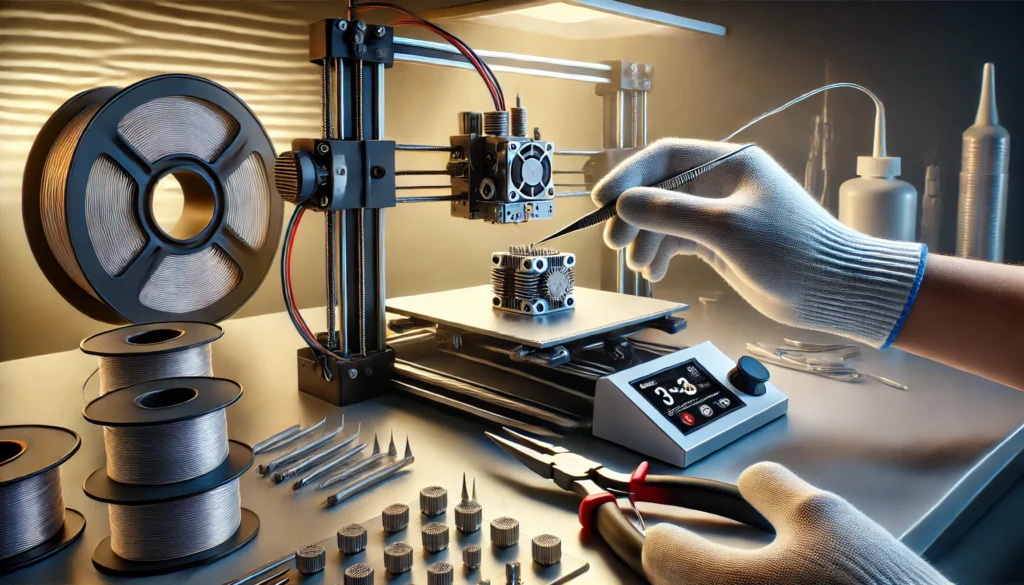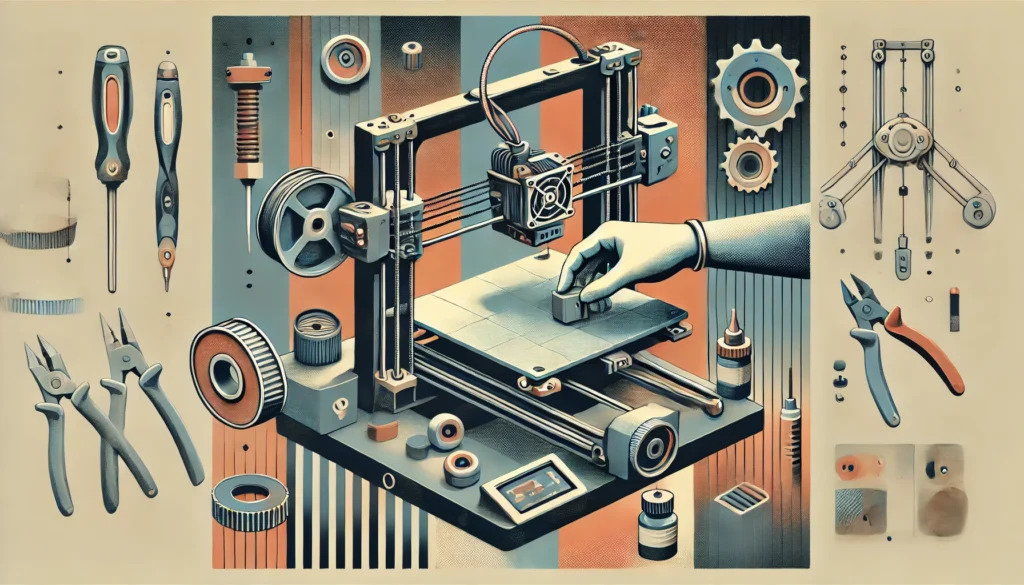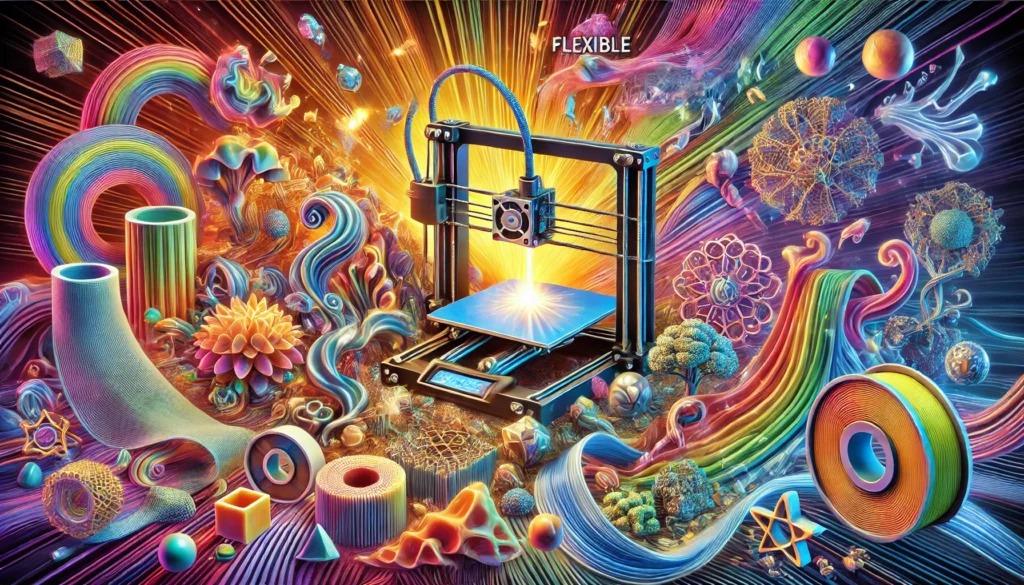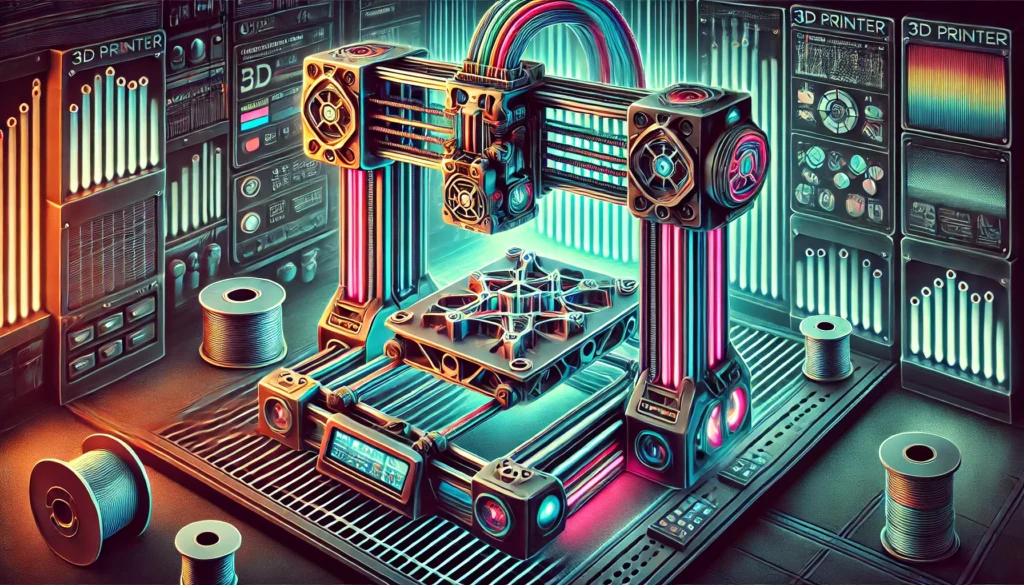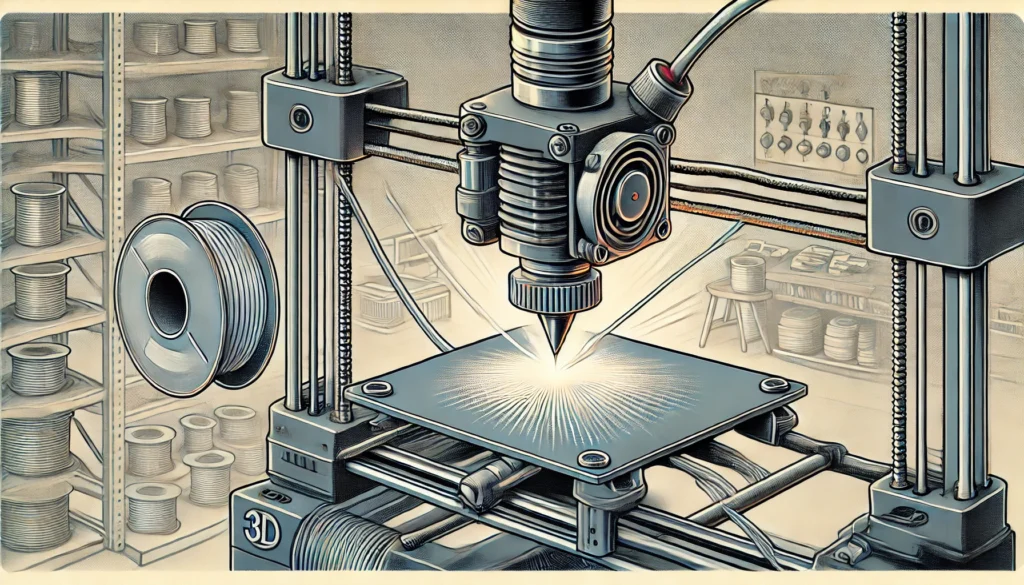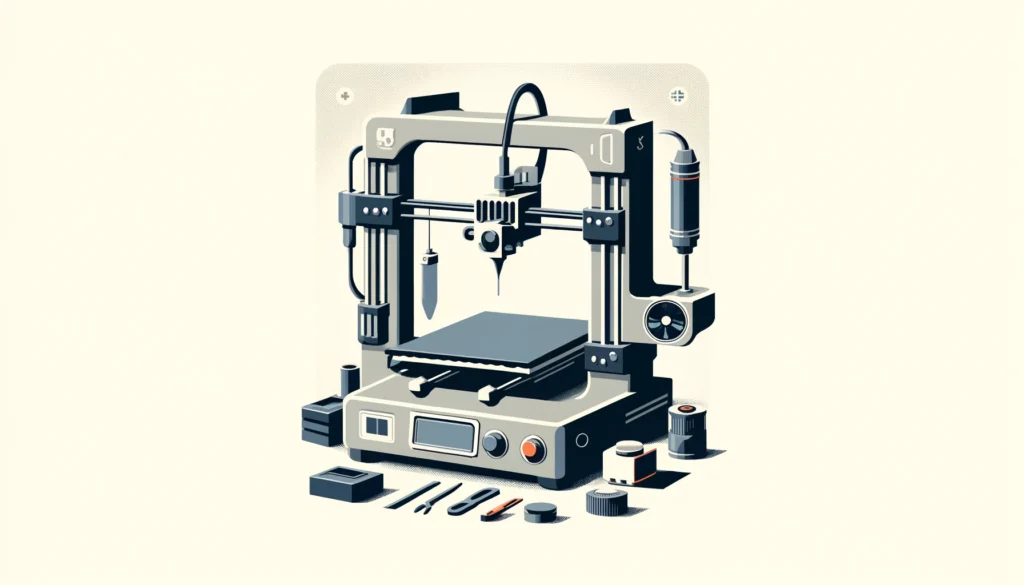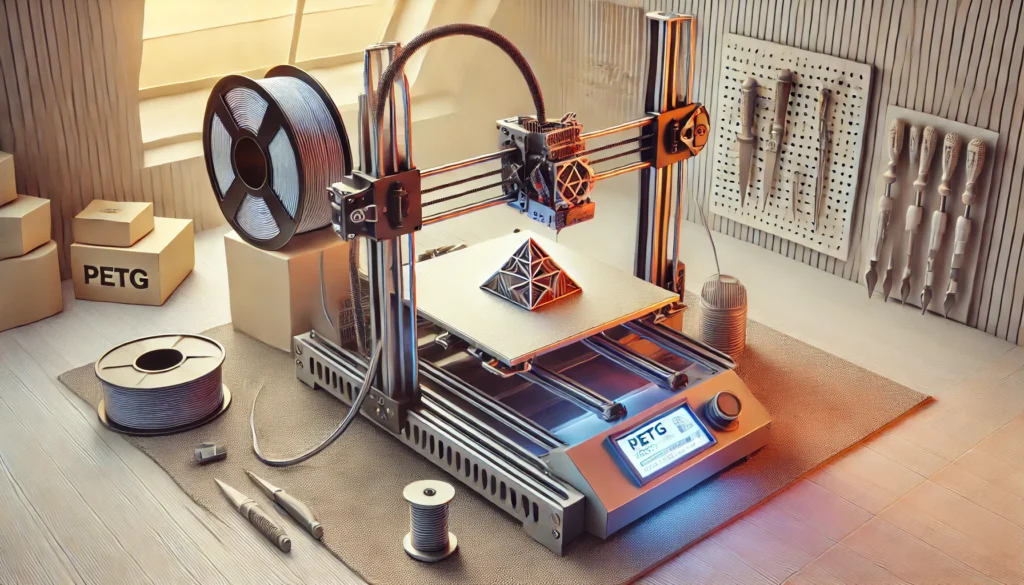Transform Your 3D Printing Game with Textured Print Beds: The Secret to Perfect Adhesion and Stunning Finishes
When it comes to 3D printing, the surface you print on plays a crucial role in determining the quality of your prints. Among the various types of print beds, textured print beds have gained popularity for their ability to deliver strong adhesion and aesthetically pleasing finishes. In this blog post, we’ll explore what textured print […]
